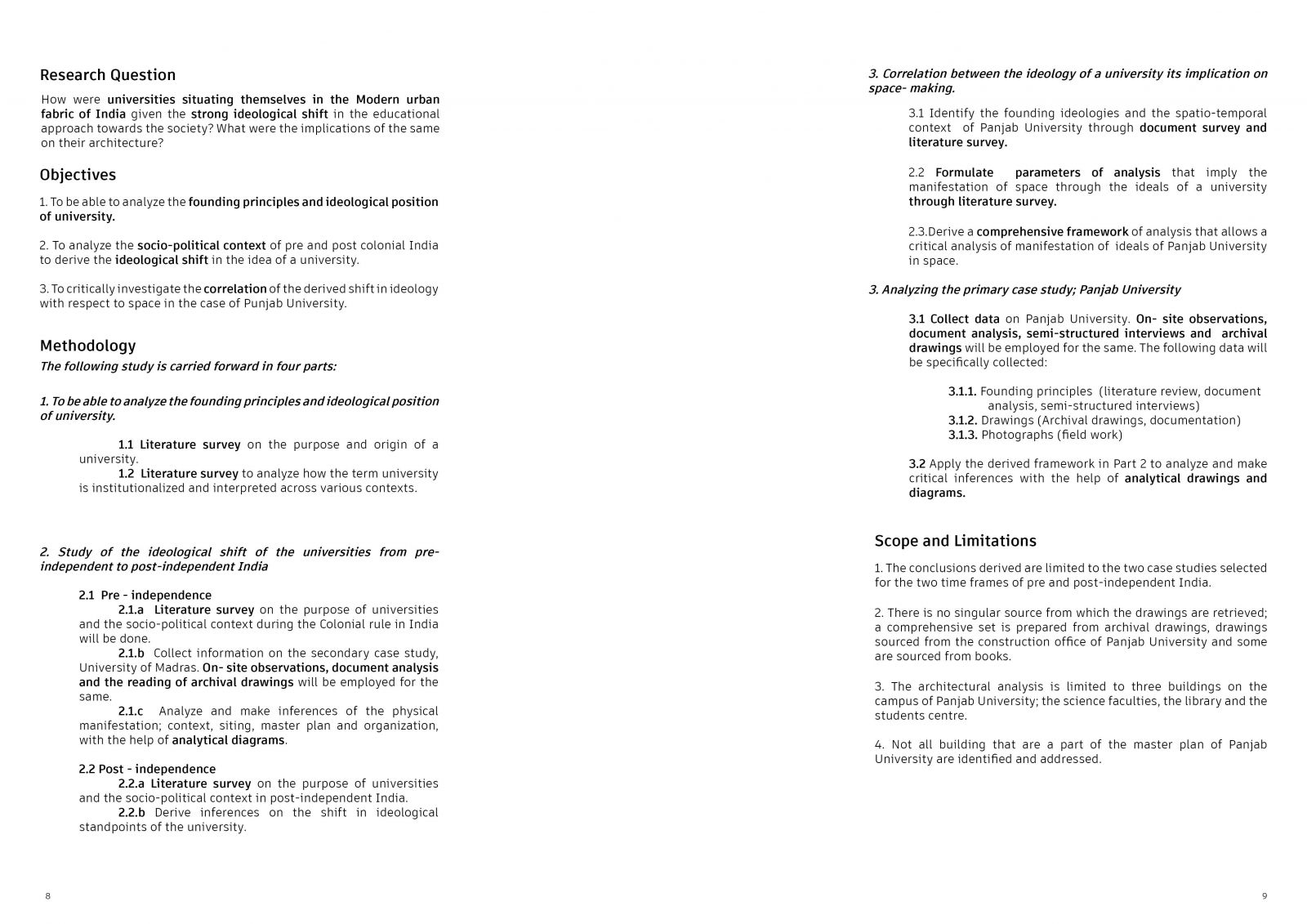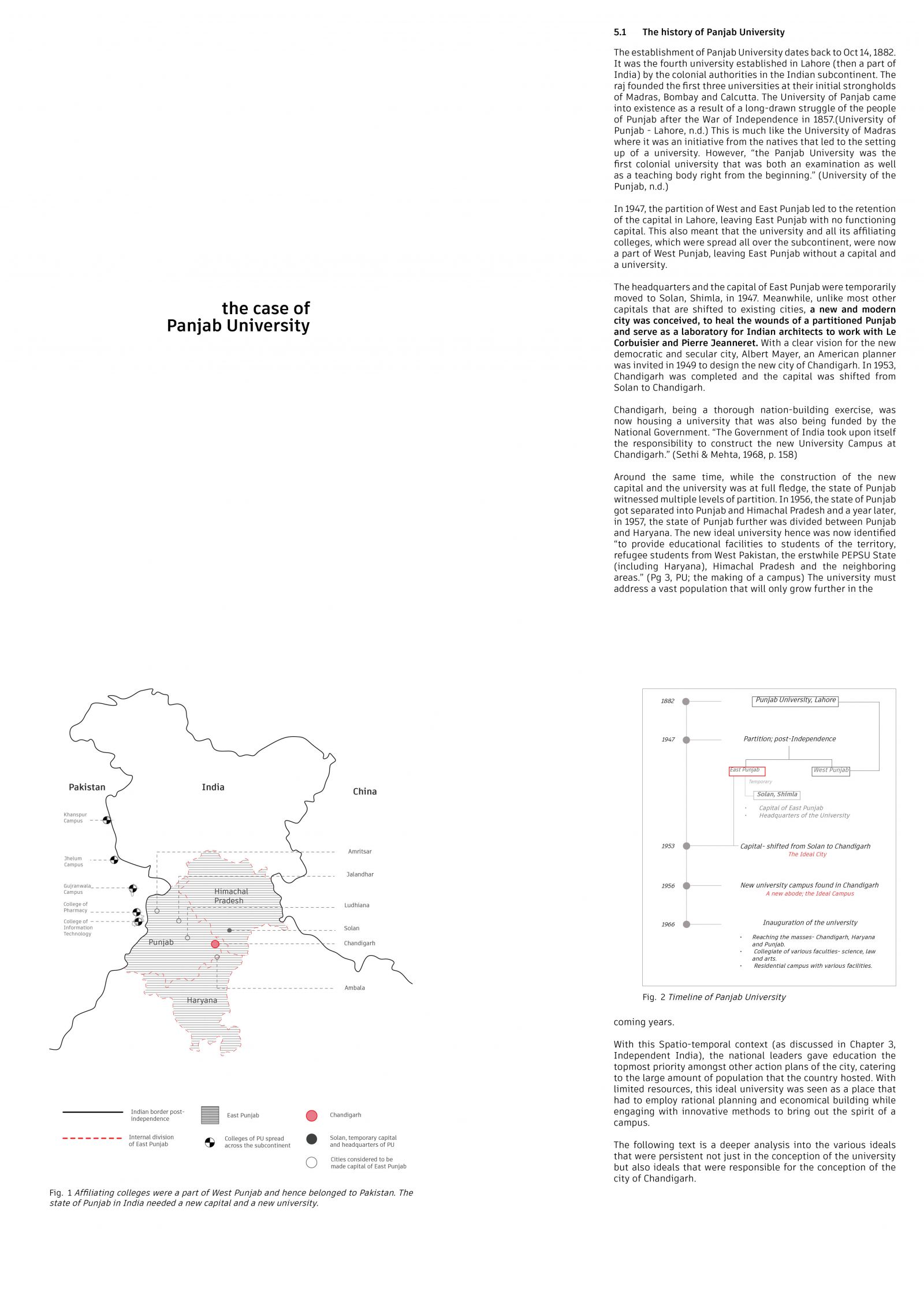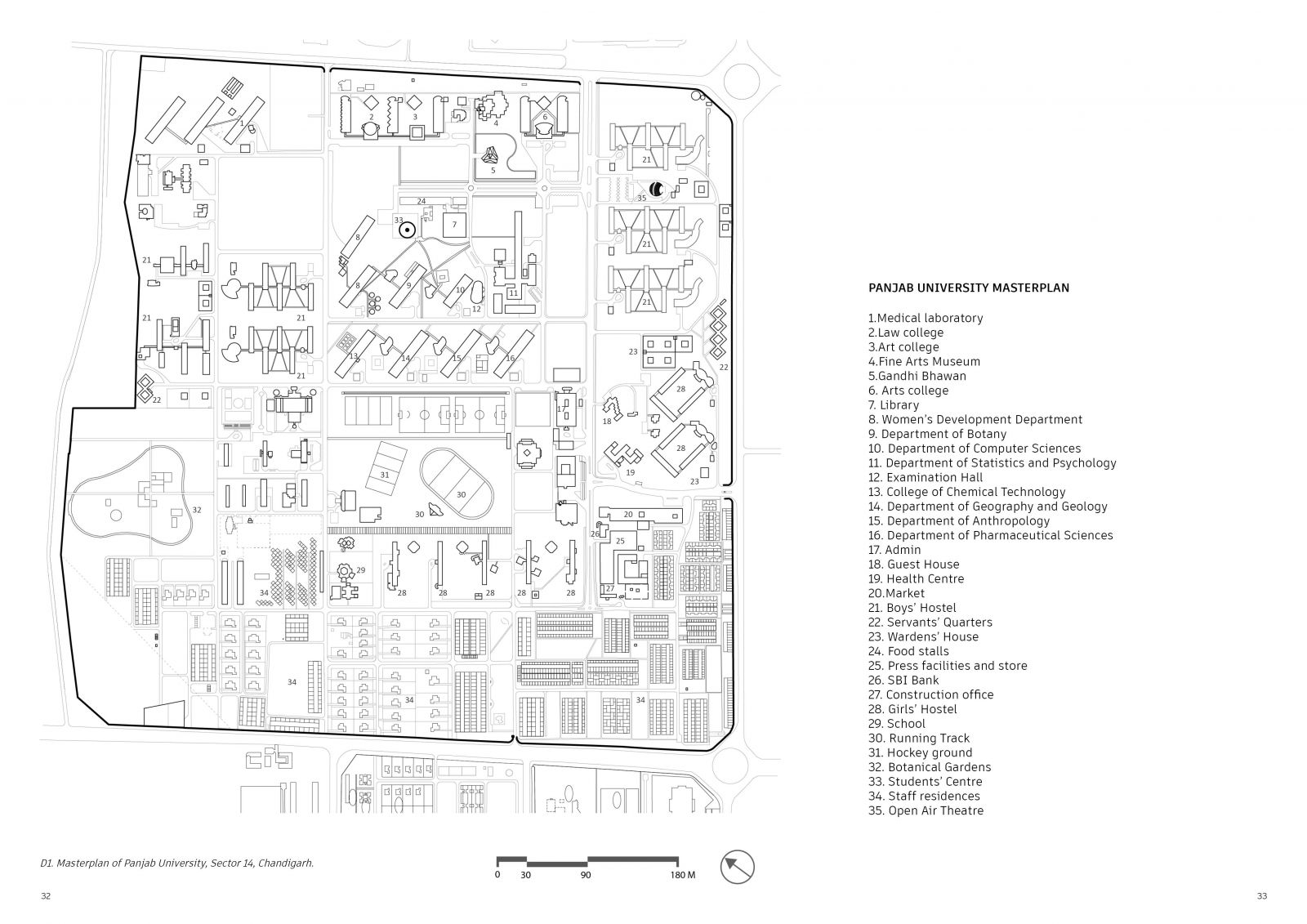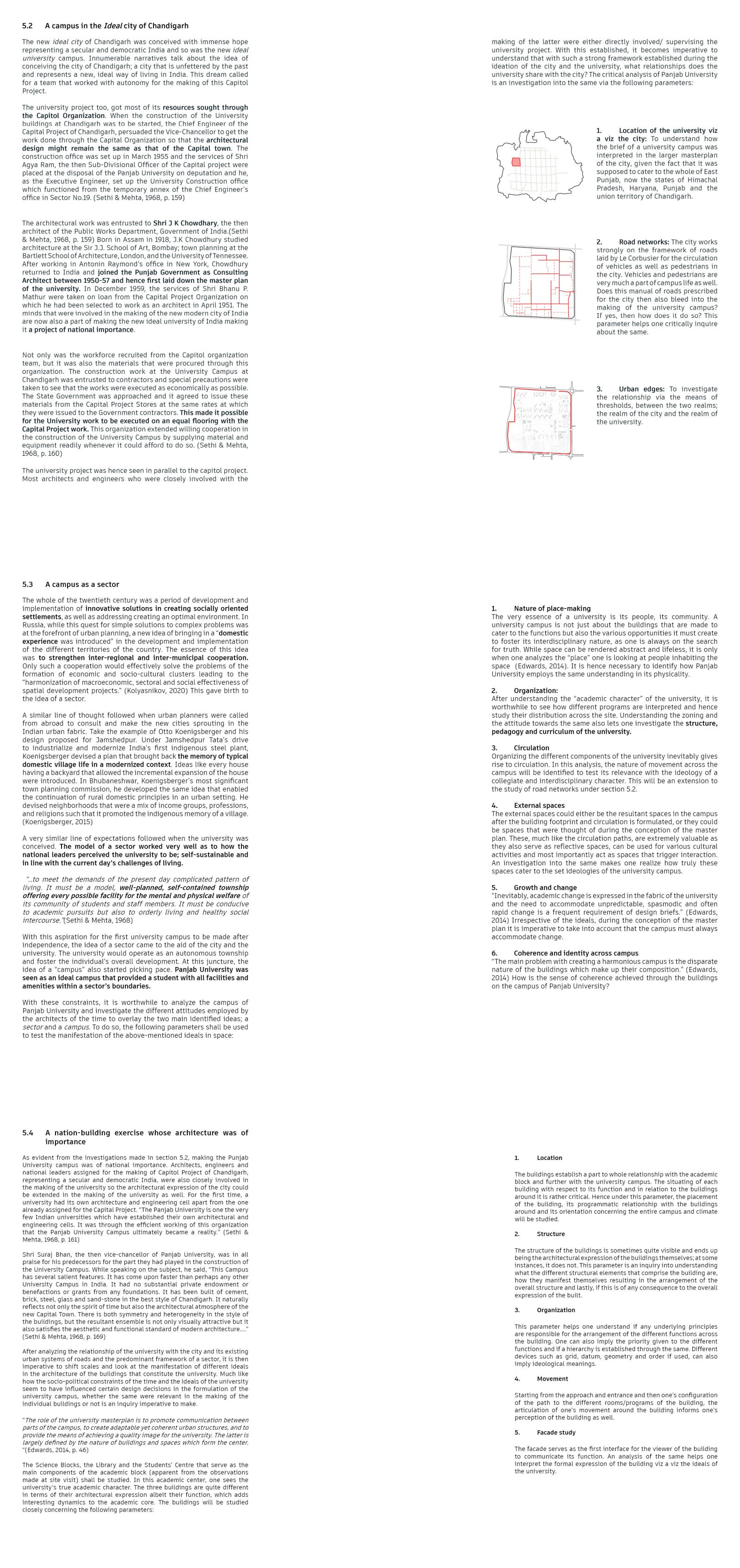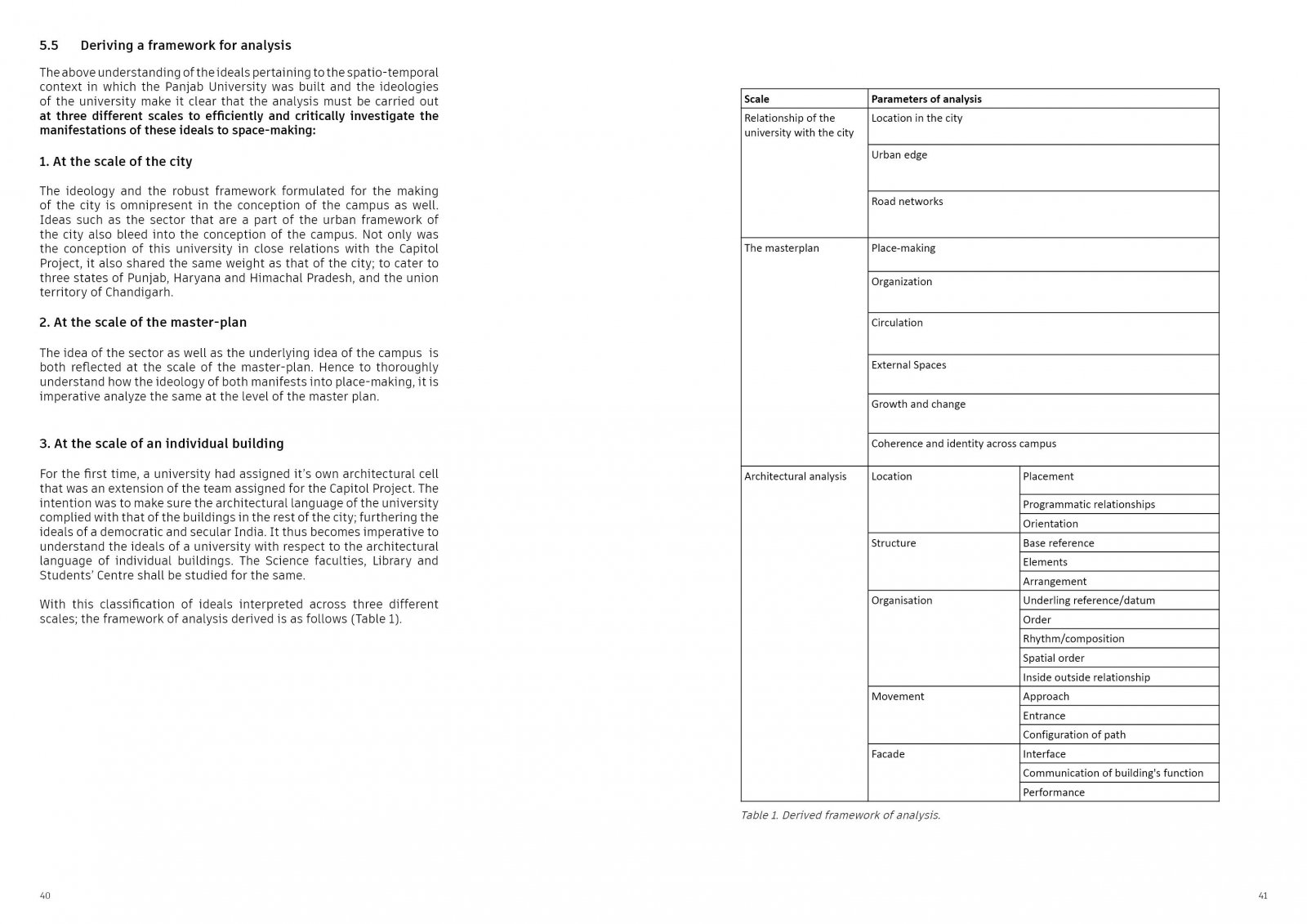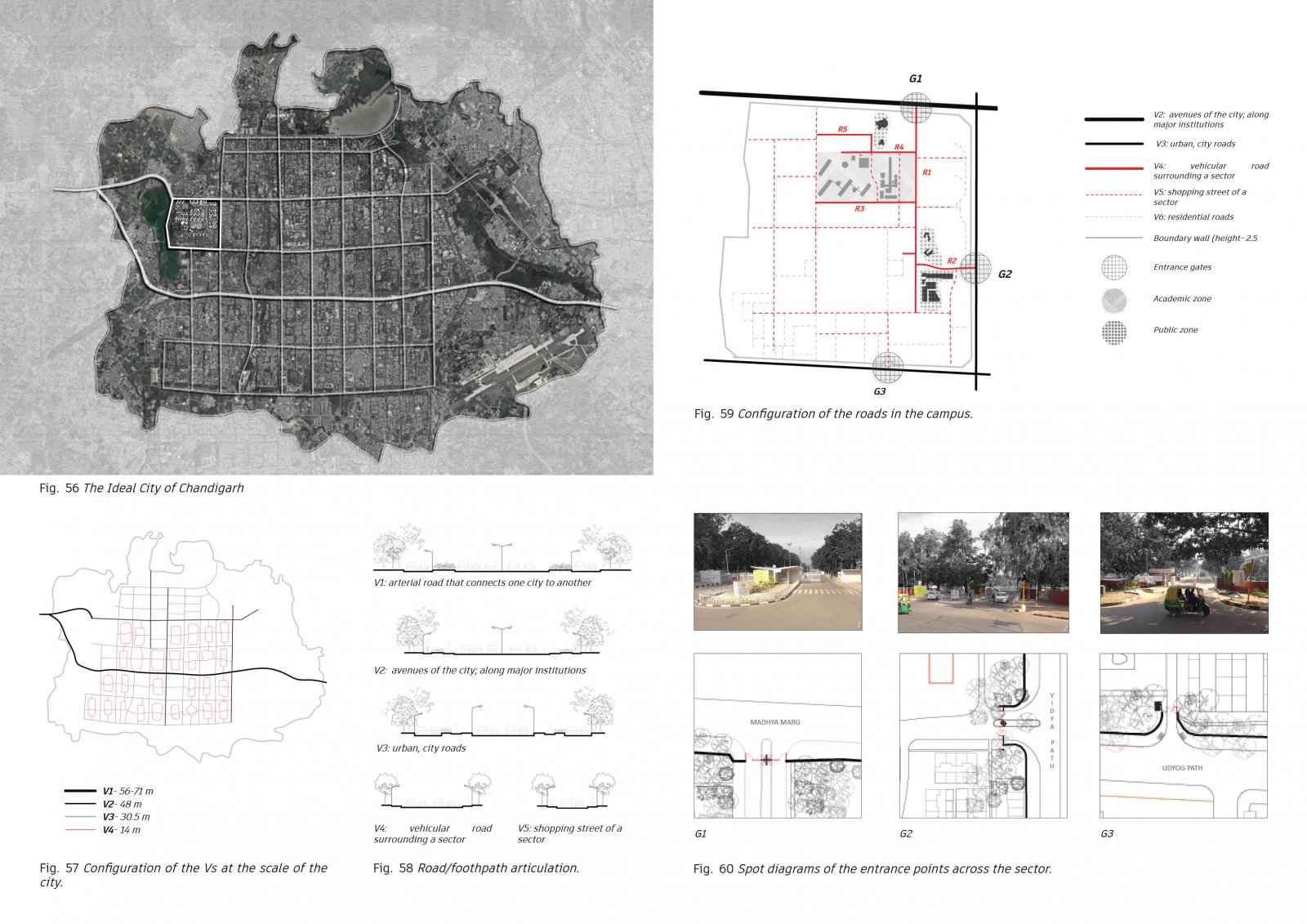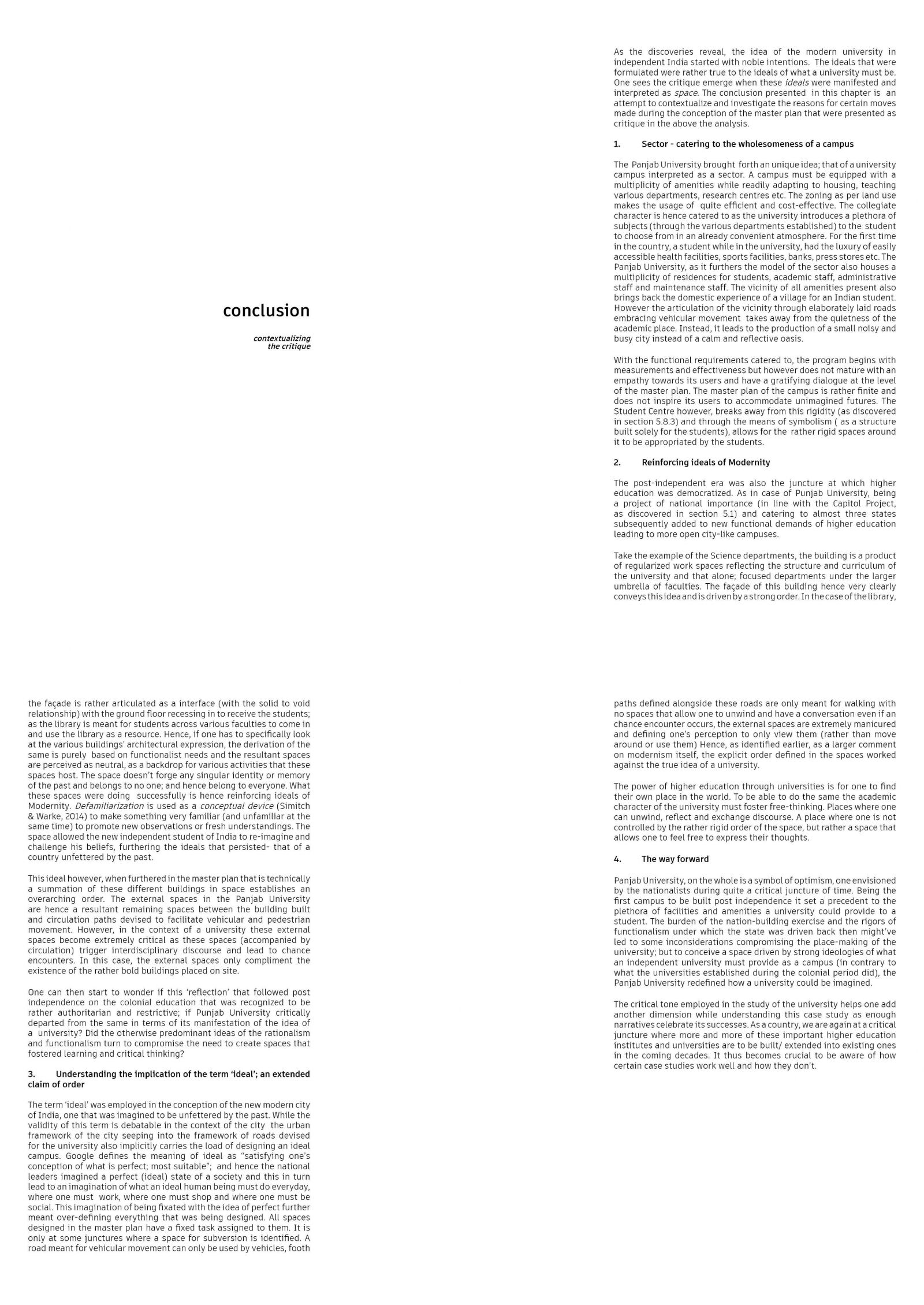Your browser is out-of-date!
For a richer surfing experience on our website, please update your browser. Update my browser now!
For a richer surfing experience on our website, please update your browser. Update my browser now!
Abstract:
The establishment and growth of Indian universities before and after independence was marked by strong ideological intent to transform Indian society through modern education.
The purpose of a university (though its origin dates back to 300 BC) is in itself a modern idea; fostering an individual in an environment of free and critical thinking, where one starts a lifelong quest for the search for truth. The British raj often employed the narrative of modernizing Indian society through Western secular education with the introduction of universities. However, the structure of the universities introduced by the British was rather authoritarian and employed vocational training as the basis of their purpose to produce office clerks who could assist the raj in administrative affairs, quite contrary to what a university must do. The term university was misused by the raj, and universities became clerk-making workshops furthering their elitist pursuits.
Post-independent India was in grave need of robust universities that furthered the intellectual capabilities of Indian natives. From the 1950s to the ’80s, the number of educational institutions in India tripled. With the particular case of Panjab University, the following study discovers that even though the conception of this university was driven by strong ideological intent, not all of its manifestation in terms of space furthered the ideals of a university.
